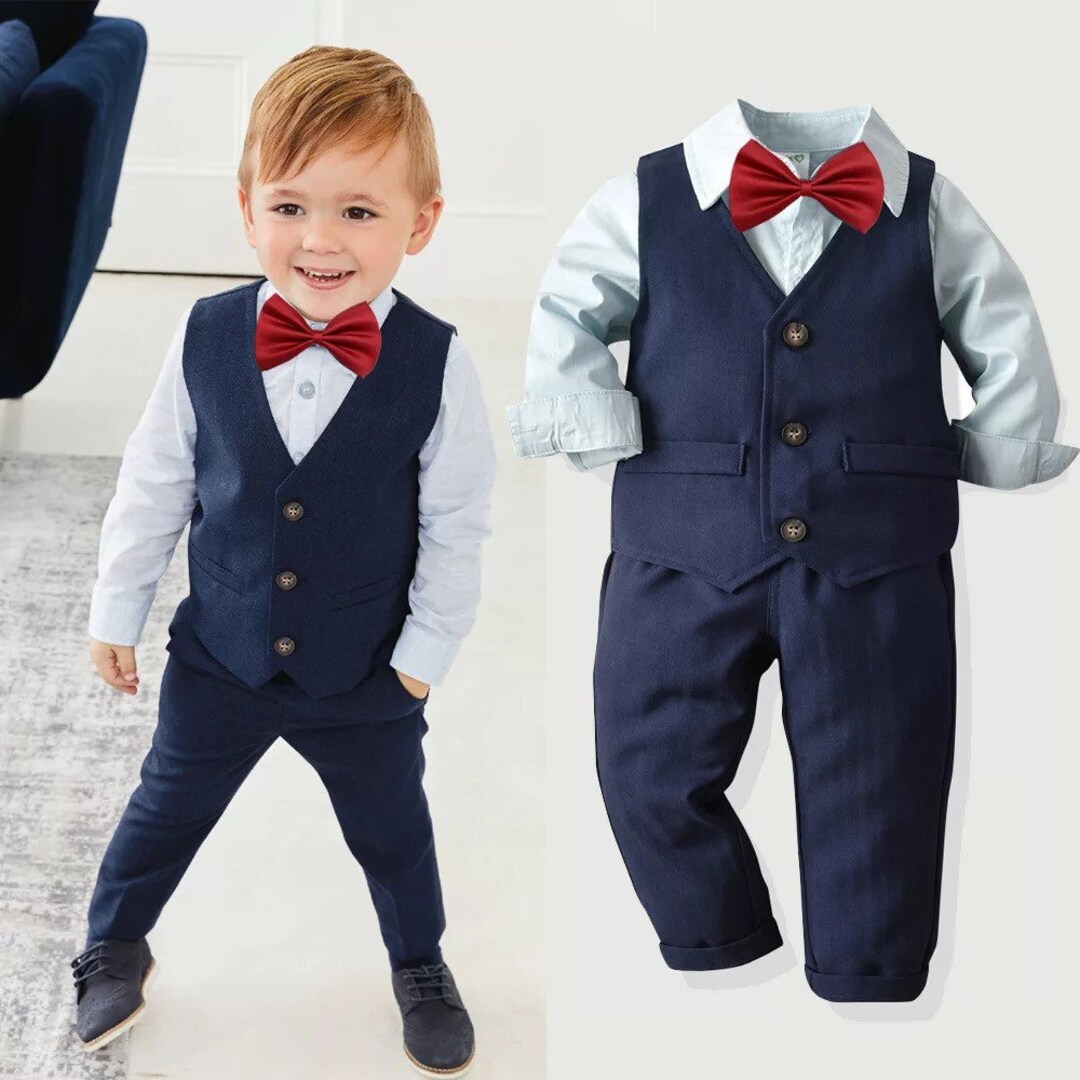When you think of storytelling, your mind might first conjure up images of books, movies, or oral traditions. But there’s a narrative medium that has been with us for centuries, yet is often overlooked: the art of stitching. This form of storytelling, which we’ll refer to as ‘Stitchlore’, is as old as civilization itself, and it continues to evolve and remain relevant today.
1. The Origins of Stitchlore
Ancient cultures around the world utilized stitching and embroidery as a way of recording events, sharing myths, and expressing personal stories. The Bayeux Tapestry, for example, is an embroidered cloth nearly 70 meters long, depicting the Norman conquest of England. It stands as a testament to the power of stitchlore to communicate complex narratives and events.
2. Symbolism and Stitches
Each stitch and color choice in traditional embroideries can carry a distinct meaning. For example, in Chinese culture, the color red symbolizes luck and joy. The butterfly, often embroidered onto traditional garments, symbolizes longevity and love. Such symbols allow the creator to weave intricate stories and messages into their work.
3. Stitchlore Around the World
Almost every culture has its form of stitchlore:
- India: The intricate patterns of Kantha embroidery from Bengal tell tales of rural life, gods, and daily events.
- Mexico: Colorful Otomi embroidery depicts animals and nature in harmonious patterns, reflecting the indigenous beliefs of the region.
- Russia: The vibrant hues of Russian folk embroidery tell tales of nature, festivities, and mythology.
4. Stitchlore in Modern Times
With the rise of technology, one might assume that traditional crafts like stitching would become obsolete. On the contrary, they’ve seen a resurgence. Modern stitchlore often combines traditional techniques with contemporary themes. You might find an embroidered piece on the struggles of modern life, pop culture references, or even political statements. Platforms like Etsy and Pinterest showcase the wide array of modern embroidery and stitching art, reaffirming the craft’s timeless appeal.
5. Personal Narratives and Healing
Many have turned to stitchlore as a form of therapy. The repetitive nature of stitching can be meditative, providing a way to cope with stress, trauma, or anxiety. Additionally, crafting a personal narrative through thread allows individuals to process emotions, experiences, and memories in a tangible form.
6. Future of Stitchlore
With the advent of digital tools and platforms, the boundaries of stitchlore are ever-expanding. Digital embroidery machines, for instance, allow artists to create designs that might have been impossible or extremely time-consuming by hand. Additionally, online communities and tutorials enable enthusiasts from different corners of the world to share, learn, and innovate together.
Conclusion
Stitchlore, as a form of storytelling, bridges the gap between the past and the present, traditional and contemporary. It reminds us of the power of handcrafted art to tell stories, evoke emotions, and connect humanity across different times and cultures. In every thread and pattern, there’s a tale waiting to be told, a memory waiting to be shared, and a tradition waiting to be celebrated.

mantap168
Your comment is awaiting moderation.
I’m truly enjoying the design and layout of your blog. It’s a very easy on the eyes which makes it much more pleasant for me to come here and visit more often. Did you hire out a designer to create your theme? Exceptional work!